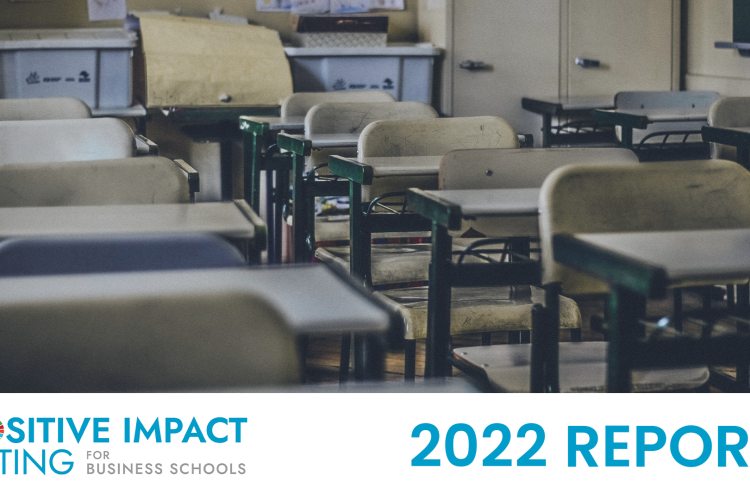Abstract
The global sanitation crisis attracted the attention of several regional, national, and international organizations which tried to address the issue in their own way. Still about 2.6 billion people lacked access to decent sanitation facilities across the globe.
Kenya had become a hub of slums with more than 8 million living in the urban slums in the country. Since there were no affordable toilets in these slums, people in these areas relieved themselves either by using pit latrines or by defecating in plastic bags. The result was environment pollution. The communal toilets that existed were often the scenes of crime. The pit latrines were a source of danger to children. To address the sanitation crisis in Kenya, three MIT graduates developed a business which had a non-profit wing to address the issue of inadequate sanitation and a for-profit arm to generate revenues. The company, Sanergy, picked two slums of Nairobi, Kibera and Mukuru, to start with and applied its business model, which included a vertically integrated waste management system – build, franchise, collect, convert, and transfer. The company manufactured toilets which were franchised to the local entrepreneurs of the slums. It then collected the waste from all the toilets to convert it into fertilizers and electricity. The company earned profits by selling the pay-per-use toilets to local entrepreneurs, and then by selling the collected waste after converting it into fertilizers and renewable energy. The local micro-entrepreneurs collected money from the local people for use of the toilets.
These toilets improved hygiene in the slums while providing employment to several local people. People’s health improved and so did the quality of life among slum dwellers. For the founders a few challenges remained – The model needed to be scaled up and expanded to other countries to address the global sanitation crisis.
[table id=125 /]



